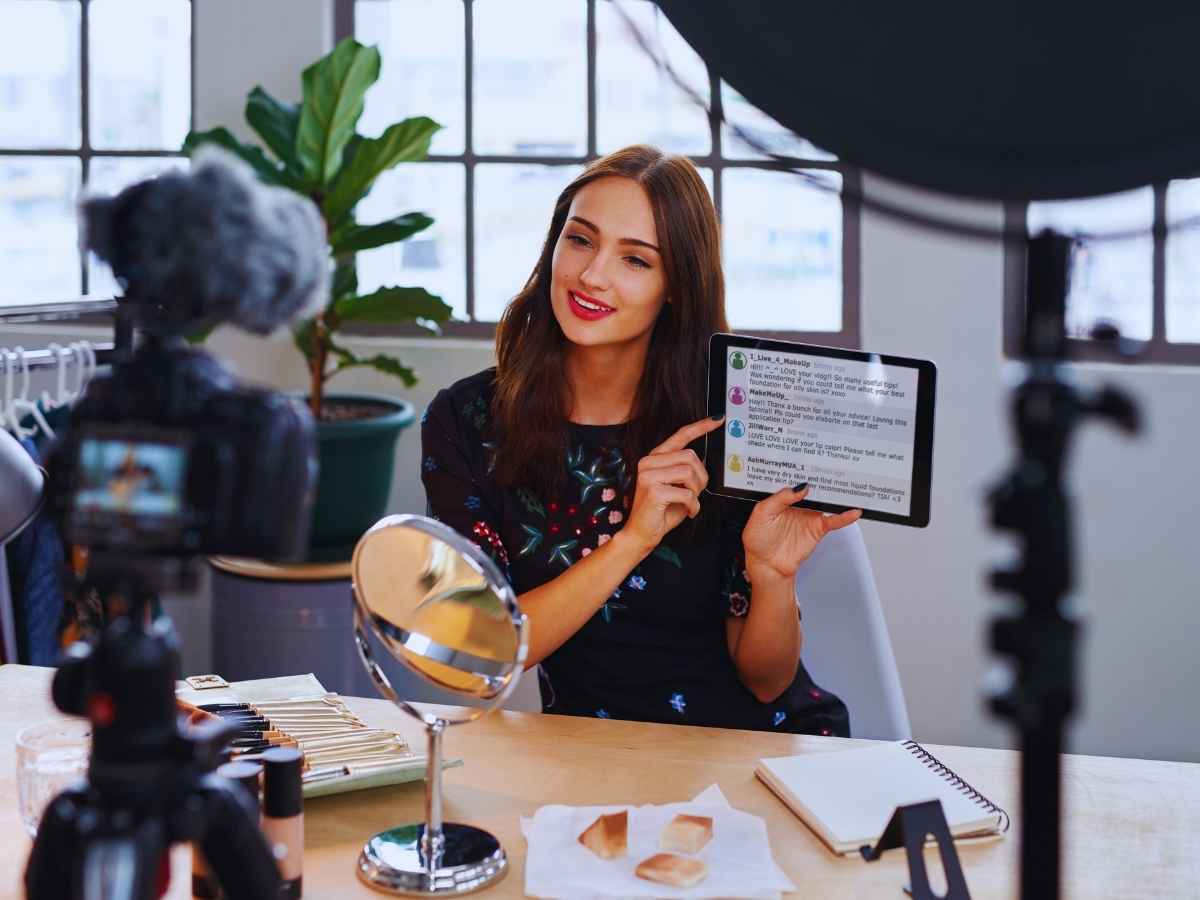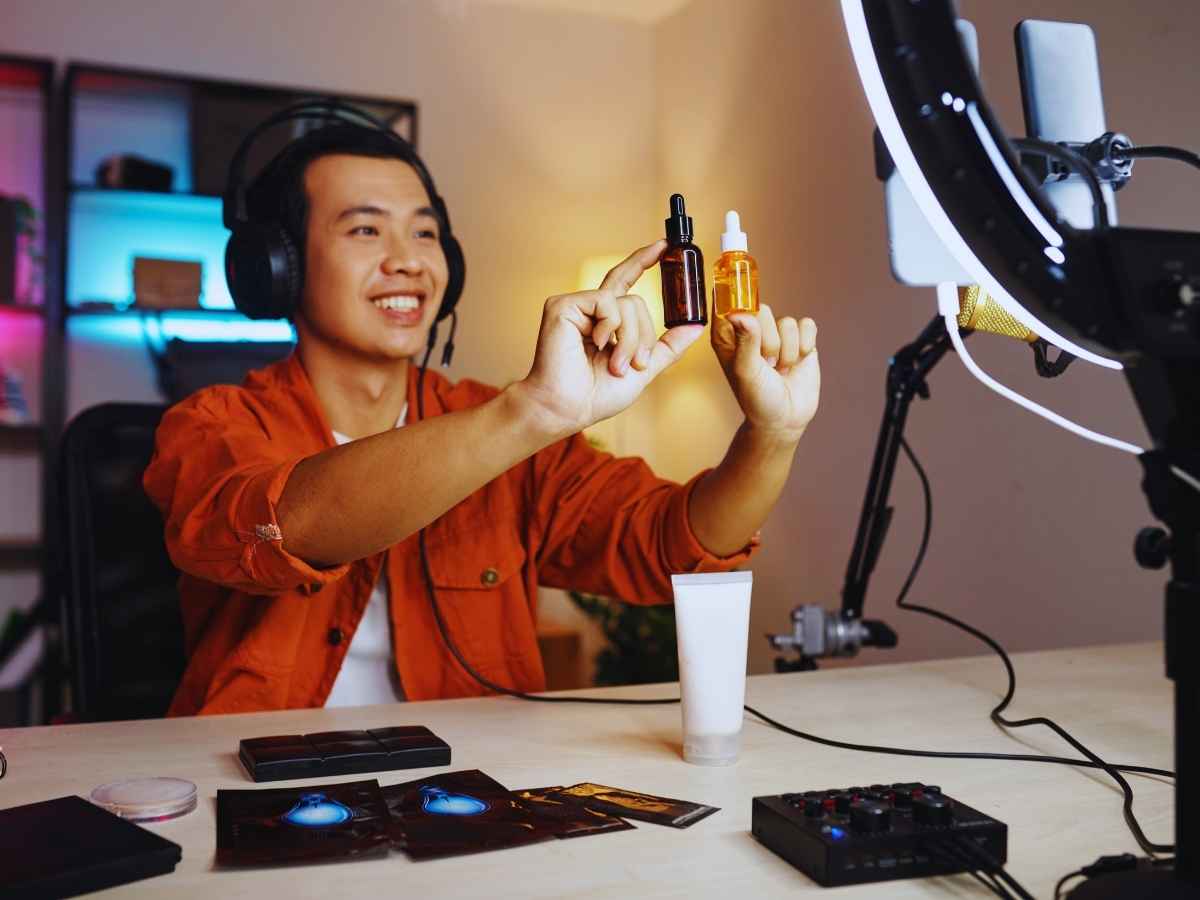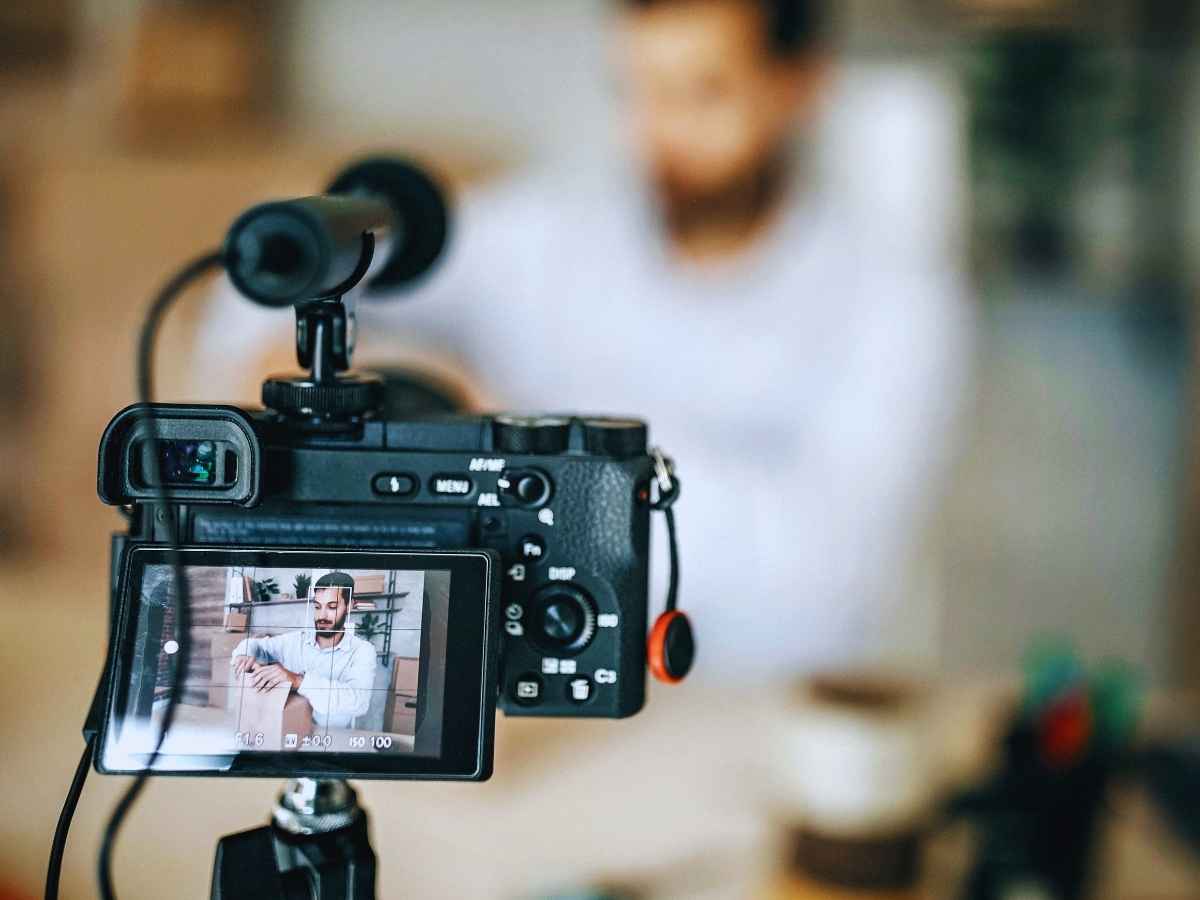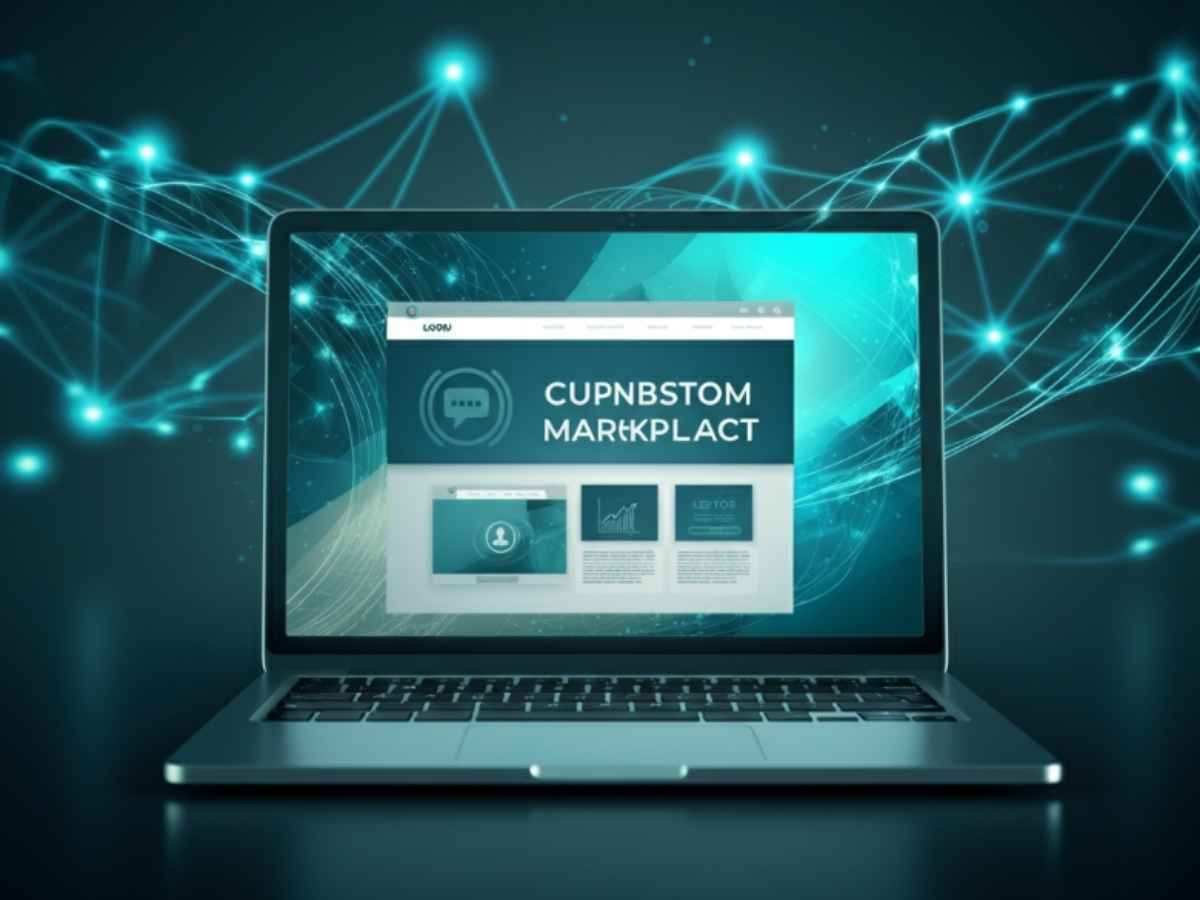Want to take your brand to new heights? Influencer marketing might just be your secret weapon! With businesses seeing an average ROI of $5.20 for every $1 spent on influencer marketing, it’s clear this strategy packs a punch.
From building brand awareness to driving tangible sales, influencer marketing helps you connect with your ideal audience in an authentic way. But there’s more to it than just hiring someone with a large following. You need the right strategy to make it work.
This blog will guide you through everything you need to know about leveraging influencer marketing effectively, from choosing the perfect influencers to crafting impactful campaigns.
Why Influencer Marketing Works in 2025
Trust Trumps Traditional Ads
Consumers trust influencers more than brands. Why? Because influencers feel authentic. About 92% of people trust recommendations from influencers over traditional ads, according to HubSpot. This makes it easier for brands to build credibility and convert potential customers.
Authenticity Sells
The rise of social media influencers has brought a shift in how brands connect with audiences. Platforms like TikTok, Instagram, and YouTube thrive on authenticity. Creators on these platforms are more relatable than polished brand campaigns, which is why influencer collaborations drive higher engagement.
Platforms Powering Influence
- TikTok: Home to bite-sized, authentic, and viral content.
- Instagram: A hub for visual storytelling. Great for fashion, beauty, and lifestyle brands.
- YouTube: Perfect for long-form content like tutorials and product reviews.
By tapping into these platforms, brands unlock direct access to millions of engaged users.

Choosing the Right Influencers
Micro vs. Macro Influencers
- Micro-influencers: Have 5,000–100,000 followers. They may serve smaller niches but come with higher audience trust and better engagement rates. Perfect for boosting authenticity.
- Macro-influencers: Boast 100,000–1 million followers. They offer huge reach but can be costlier and might feel less relatable.
💡 Pro Tip: For small businesses, micro-influencers are often more budget-friendly and generate higher ROI.
Matching Values and Audience
Choosing the perfect influencer isn’t about follower count alone. It’s about alignment. Does their tone and content match your brand’s values? Are their followers your ideal audience?
Use Influencer Marketing Platforms
Save time and effort by using tools like these to find the right influencers:
- Upfluence: Real-time influencer data updates.
- Aspire: Focused on Instagram and YouTube creators.
- Collabstr: Perfect for managing campaigns from start to finish.
Planning a Winning Campaign
Start with Clear Goals
Ask yourself: What do I want to achieve? Some goals to consider include:
- Building brand awareness
- Driving website traffic
- Increasing sales
Define Your KPIs
Measure success by tracking these key performance indicators (KPIs):
- Audience engagement metrics: Likes, shares, comments, saves.
- Reach: How many people saw the campaign.
- Conversions: Purchases, sign-ups, or clicks.
Types of Influencer Campaigns
Mix up your approach with these tested options to keep things fresh and engaging:
- Giveaways: Generate buzz and grow your audience.
- Product Reviews: Showcase your product in action.
- Tutorials: Leverage YouTube or Instagram to create expert guides.
- Takeovers: Host influencer-led Instagram Stories or TikToks.
Build Strong Brand Collaboration Strategies
Ensure smooth campaigns by preparing a detailed collaboration brief. Include specifics like deliverables, timelines, and your unique expectations. And always allow creative flexibility to ensure the content feels authentic to the influencer.

Reaching Out to Influencers
Write Outreach Emails That Stand Out
Competition for influencers is fierce! Make your pitch count by keeping it personalized and focused on value.
Here’s an example template to get started:
Hi [Influencer Name],
I love your recent post about [relevant topic]. It’s clear you have a high level of credibility with your audience in [their niche]!
I run [Brand Name], and we’d love to collaborate on showcasing [specific product or goal]. It’s a perfect match for your audience.
If this sounds exciting, I’d love to chat more about compensation and deliverables. Looking forward to hearing from you!
Nail the Negotiations
Be transparent about compensation and key terms like content ownership and deadlines. Building strong, trusting relationships with influencers is vital.
Creating Authentic Sponsored Content
Authenticity is crucial when creating content with influencers. Here’s how to strike the perfect balance:
- Respect their voice: Allow influencers to present your brand in a way that feels natural to their audience.
- Follow FTC Guidelines: Transparency is key. Clearly mark content as sponsored to avoid misleading audiences.
- High-Performing Campaigns: Learn from successes! For example, Hourglass Cosmetics partnered with micro-influencers on TikTok, resulting in thousands of views and engaged comments.

Measuring Campaign Success
You’ve launched your campaign, but how do you know if it’s working? Here’s what to track.
Use Analytics Tools
Platforms like Google Analytics, CreatorIQ, or Shopify help track how traffic and conversions are driven by your influencer campaigns.
Monitor Engagement
Pay close attention to these audience engagement metrics to gauge success:
- Likes
- Shares
- Saves
- Click-through rates
Use this data to adjust and optimize future campaigns for even better results.
Common Mistakes to Avoid
Avoid these rookie errors when launching influencer campaigns:
- Focusing on Follower Count: Bigger isn’t always better. Micro-influencers often drive better reach and engagement.
- Misaligned Values: Make sure the influencer’s audience overlaps with your target market.
- Skipping Data Analysis: Always review performance metrics to understand ROI.
Tap Into the Power of Influencer Marketing Today
Influencer marketing is your gateway to enhanced brand awareness, audience engagement, and boosted sales. By choosing the right influencers, planning campaigns strategically, and monitoring results, even small businesses can reap the rewards.
If you’re feeling inspired, why not test a small campaign? Start by collaborating with a micro-influencer or running a giveaway. You may be surprised by the impact!
Have questions or tips about working with influencers? Drop them in the comments below—we’d love to hear from you!





